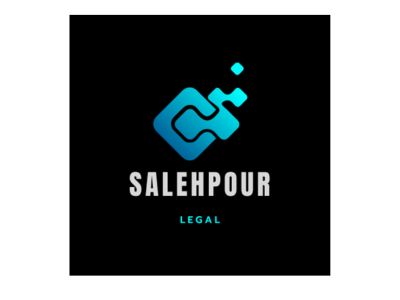The interplay between technology and law has always been a dynamic field, and it continues to evolve with the emergence of new technologies like generative AI that create new unprecedented challenges. Particularly as AI technology becomes increasingly integrated into creative processes and output, we are faced with novel legal questions for lawmakers and courts to address with a key area being intellectual property ownership and rights. A recent decision on August 18, 2023, by Judge Beryl A. Howell of the US District Court for the District of Columbia in Thaler v. Perlmutter, et al. takes on this issue. It specifically raises and addresses critical questions about whether AI-generated works are eligible for copyright protection and what it means to be an “author” in this new AI-driven digital age.
The Thaler v. Perlmutter, et al. case arose from Thaler having sought copyright protection for an artwork created solely by his “Creativity Machine,” an AI-powered computer system, as author and then arguing that the copyright should be transferred from the machine to him as the owner of the machine. However, the United States Copyright Office had denied Thaler’s application, taking the position that human authorship is a prerequisite for valid copyright protection. Thaler subsequently challenged that denial in Thaler v. Perlmutter, et al. However, Judge Howell upheld the United States Copyright Office’s denial of copyright protections in her August 18 decision, citing to the lack of human-generated elements.
The court’s decision underscores the essence of human authorship in copyright. It highlights that copyright law fundamentally revolves around the concept of human creativity. However, at the same time, the decision leaves key intellectual property ownership and rights questions unresolved. Specifically, the court’s decision did not address the more significant question of how to resolve blurred lines for copyright protection for content created from both AI and human input. Thus, in fact, Thaler’s ambition to grant AI authorship inadvertently led to the upholding of the status quo, leaving us with a legal system still having to substantively consider and rule on how much human input is enough for a creative work to be protectable.
As AI-generated works become more and more prevalent, this open issue of when and how intellectual property protections apply to content co-created by AI and human input becomes more critical and the tension between technological innovation and the foundational principles of copyright protection intensifies. To address this tension, courts, lawmakers, and policymakers must grapple with questions such as: How can we redefine “authorship” to encompass AI-generated works while still preserving the core principles of human creativity?; How can the originality and creativity of AI-generated works be evaluated without diminishing the importance of human contribution?; How can copyright law incentivize AI-driven creative endeavors while ensuring fair ownership and compensation for human creators? These are the more interesting questions that will actually apply in the real world as most AI-generated content involves both AI and human input and is not the clean case of being solely AI-generated as in the case of the output of the Creativity Machine.

Written by Morvareed Z. Salehpour
Managing Attorney, Salehpour Legal
You may also like…
INTA files amicus brief concerning the registrability of a human face as an EU trademark
New York, New York—January 9, 2025—The International Trademark Association (INTA) filed an amicus brief (Third Party...
A ‘no-duh’ verdict? The outcome of Penn State v. Vintage Brand allows brand owners to chillax a bit more
With '90s fashion having its moment, consumers have been reaching for their oversized sweatshirts with bold graphics...
ANI v. OpenAI: copyright infringement suit to redefine AI laws in India
Recently, Asian News International (ANI), a renowned news agency, has filed a copyright infringement suit against the...
Contact us to write for out Newsletter













